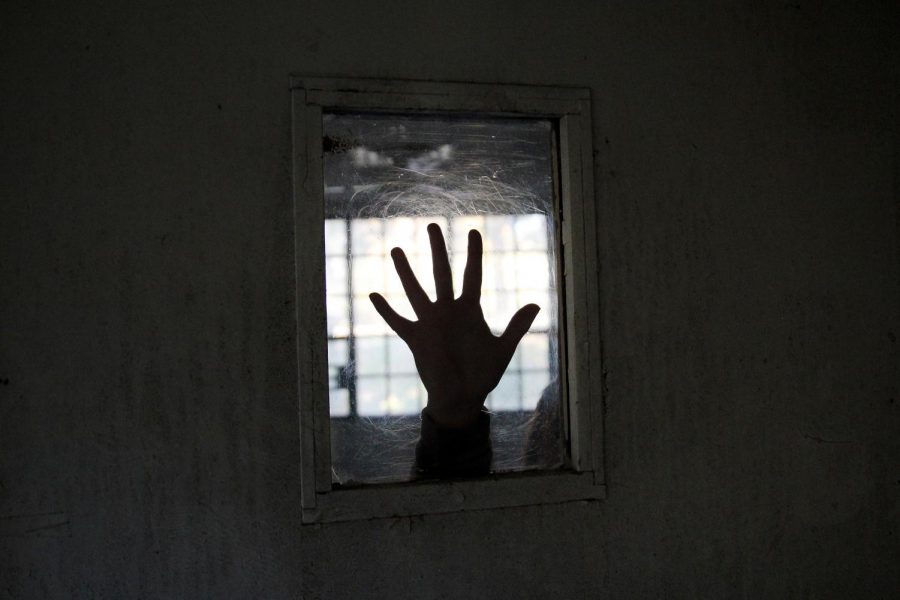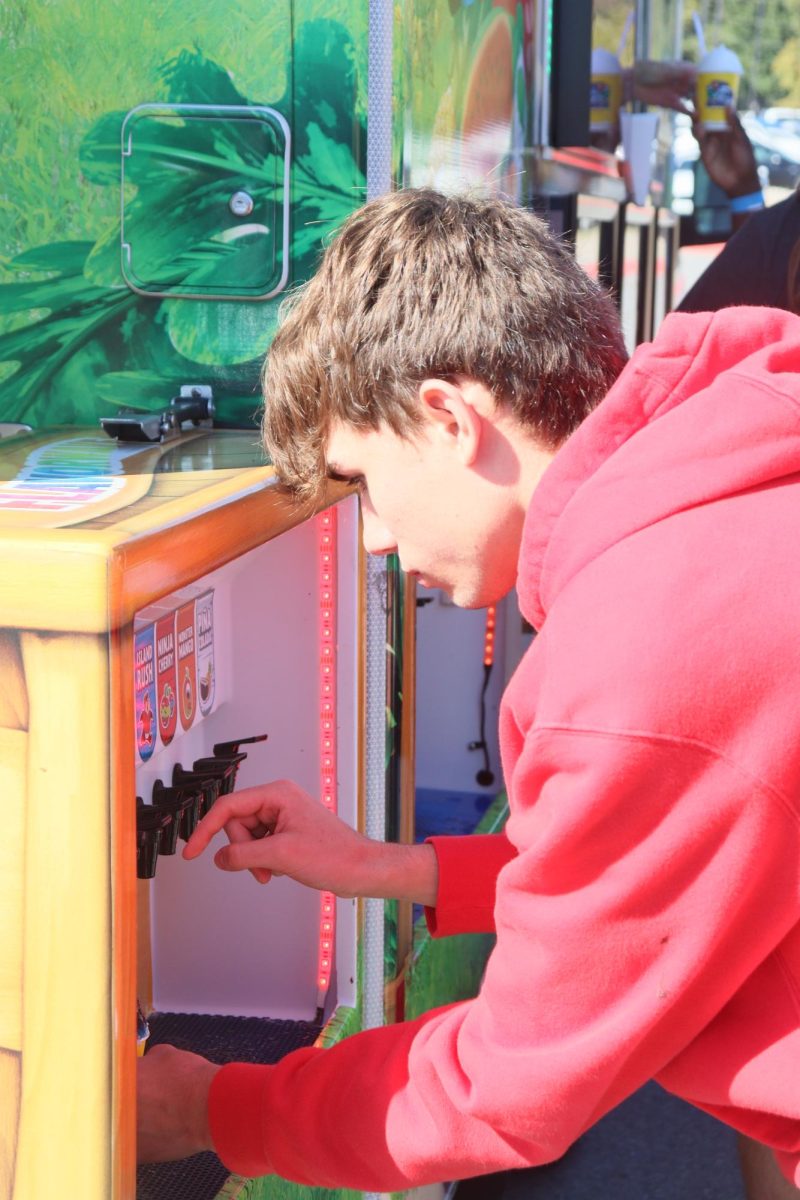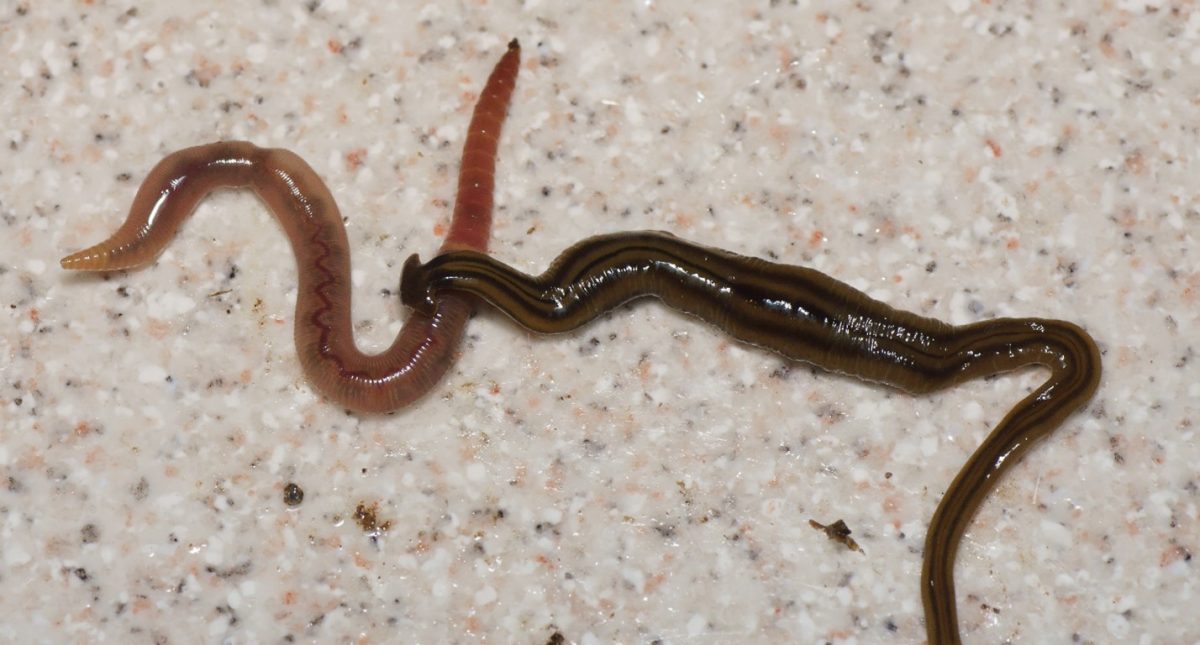The Evil Within Prison
December 26, 2017
In 1906, a mob of white men armed with sledgehammers burst into Ed Johnson’s jail cell in his hometown of Chattanooga, Tenn. Men, women and children clapped and cheered as Johnson’s body was hanged.
“God bless you all. I am innocent,” Johnson uttered just seconds before his murder.
It was not until 2000, nearly 100 years later, that Johnson was proven innocent for the rape of a white female. Johnson is only one of many who were brutally killed for a crime they did not commit.
The Tuskegee Institute Archive estimates approximately 3,500 lynchings of African Americans. How many of those were lynched for a crime they did not commit remains an enigma.
In 2017, Americans have traded public hangings for lethal injections and ineffective prison systems. While we no longer lynch people in the streets, racial discrimination remains a devastating issue.
According to the NAACP, 2.2 million Americans are behind bars, making the U.S. the most imprisoned country in the world.
In June 1971, President Richard Nixon officially declared a “War on Drugs,” stating that drug abuse was “public enemy number one.” The war on drugs criminalized people for the production, consumption and distribution of any drug, especially crack cocaine, which was more widely used among low-income individuals than cocaine, which was more expensive.
The war manifested through racial discrimination. Law enforcement began excessive and vulgar drug busts, compiling hundreds of victims and sentencing them to at least five years behind bars. Black men would often receive a longer sentence because of racist juries and judges, attacking low-income communities of color throughout America. Many of these people are still in prison today.
Unfortunately, racial inequality remains only one of the countless evils in the American prison system.
Hundreds of thousands of people rot behind cold, metal bars for nonviolent crimes. Though rapists and murderers should never escape confinement, America is congesting prisons with harmless people.
Jailing makes people more likely to commit new, more dangerous crimes, creating a continuous cycle that hurts poor, crime-ridden cities. Convicted felons battle to find housing and employment once their sentence is over, often forcing them to live in substandard housing or beg for loose change on the streets.
Imprisonment also takes a bitter toll on families. 65 percent of families with an incarcerated member find themselves struggling or unable to meet basic needs.
Additionally, many convicted felons cannot vote, softening their city’s cry even more. Denying prisoners the right to vote continues to hurt the city they will someday return to, because they do not have the opportunity to influence the formation of policy on healthcare, education, the environment and other issues that affect their community.
An entirely different series of horrors can be found inside prison walls.
While many inmates are denied basic rights in prison and placed in solitary confinement, investigations have shown that some inmates are tortured and fed maggot-infested food. Aside from the physical abuse inmates endure, their mental health is neglected. According to Mental Health America, 1.2 million people living with mental illness are locked behind bars each year. Many prisoners do not have access to adequate mental health care, resulting in violence and increasing the chance of inmates to commit additional crimes.
Deaf inmates face more serious issues than hearing inmates. They are generally unable to use their sign language because guards frequently mistake it for gang signs. Since there are scarce numbers of deaf inmates, they often have nobody to communicate with, and communication with family or visitors is unlikely because most prisons do not own teleprinters. This leaves deaf inmates with little to no communication, which violates several rights and can cause mental illness.
Though there is no perfect solution to reverse the repulsive flaws in our prison system, there are several corrections that could reduce levels of violence and crime that plague America.
By federal budget, the U.S. pays 30,000 dollars per inmate. Instead of cramming thousands of bodies into windowless cells, America should use the funding to treat addiction and improve conditions in crime-ridden communities. Prison systems should also separate violent crime offenders and nonviolent crime offenders from the start. This could prevent multiple cases of rape and violence behind bars. Prison systems could also budget to provide nonviolent offenders with education and job training.
Americans must acknowledge that the national shame over our prison system affects us all. We must work together to change the system that has often proven itself more criminal than those locked inside.
Source: Innocent Project
Source: The NAACP
Source: The War on Drugs
Source: Mental Health America







